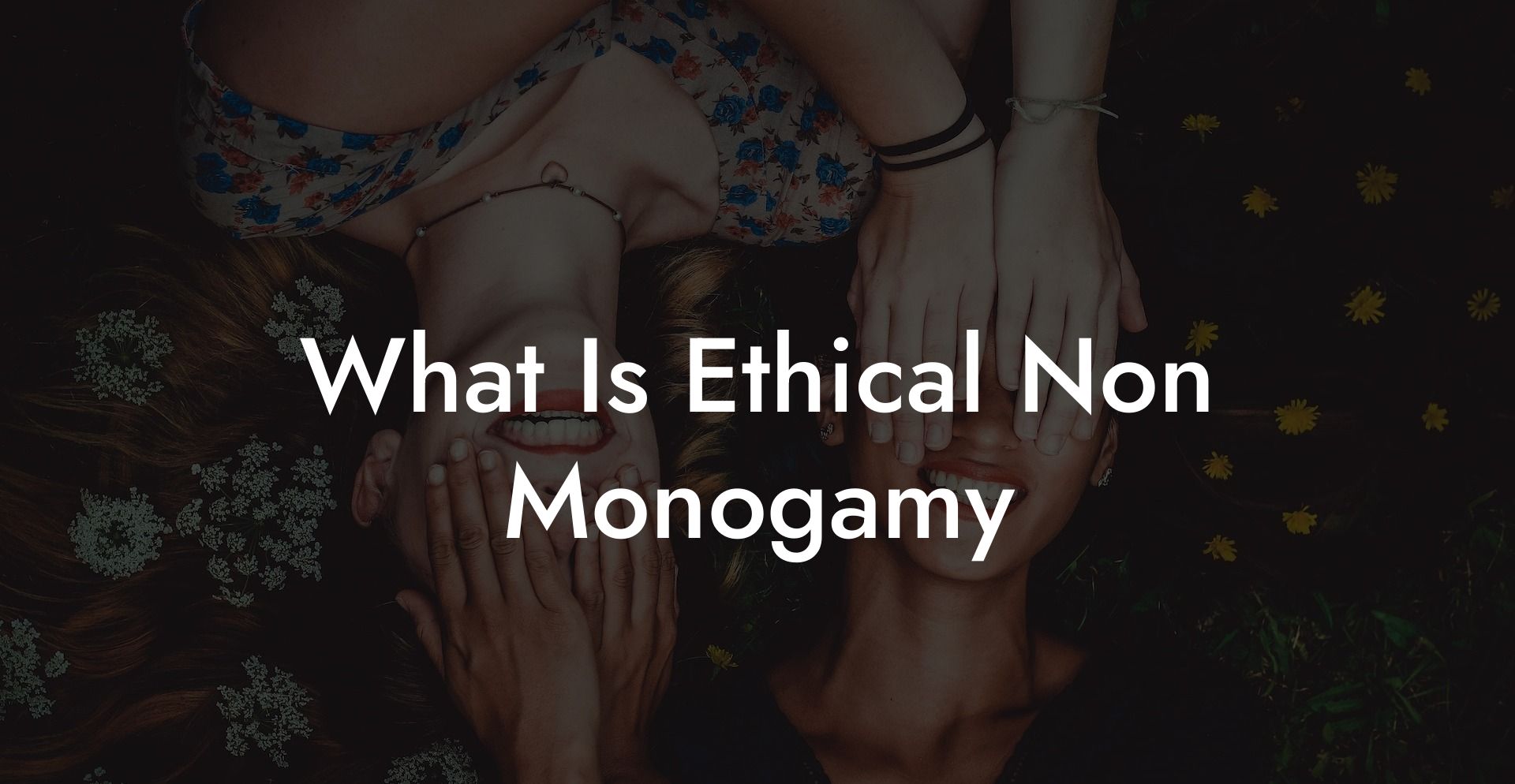In the ever-evolving realm of relationships, the term "ethical non-monogamy" is becoming more widely recognized and discussed. For some, it’s a lifestyle revolution that creates a fresh take on traditional relationships. For others, it’s a curious concept that brings up a lot of questions. In this guide, we’ll introduce you to ethical non-monogamy, delve into what it entails, and provide a better understanding of its varying forms. If you find this article enlightening, don’t forget to share it with friends and explore other guides on The Monogamy Experiment for more exciting insights!
What Is Ethical Non Monogamy Table of Contents
Ethical non-monogamy (ENM) refers to any relationship structure where all parties involved agree to engage in multiple romantic and/or sexual relationships simultaneously with open communication, consent, and respect to all. This contrasts with cheating or infidelity, where one person engages in multiple relationships without the knowledge or consent of others. The critical component of ENM is the shared agreement and understanding in which all partners act with integrity, transparency, and consent.
There are various types of ENM relationships, including but not limited to: open relationships, polyamory, swinging, and relationship anarchy. Keep reading to learn more about these different practices:
Open Relationships
In an open relationship, different rules are frequently set to allow each individual the freedom to pursue external romantic or sexual connections. These boundaries can take the form of allowing only emotional intimacy without sexual connection, or focusing primarily on sexual exploration with other partners but maintaining emotional commitment with the primary partner. The guiding principle is that every relationship remains tailor-made to match the needs of both partners and is founded on trust and communication.
Polyamory
The term "polyamory" is derived from a combination of Greek and Latin words, translating to "many loves." Polyamorous relationships involve multiple romantic and/or sexual relationships simultaneously, with all partners’ knowledge and consent. These relationships can be structured in various ways, such as hierarchical polyamory (with primary, secondary partners), non-hierarchical polyamory, or solo polyamory. The key is to recognize and appreciate the unique bonds that form within each partnership.
Swinging
Swinging primarily entails sexual exploration and activities with other individuals or couples, typically within a couple's established relationship. Swinging can occur in a variety of different settings, such as private parties, swinger clubs, and online communities. The primary relationship between the couple remains central, with other connections primarily focusing on sexual adventures.
Relationship Anarchy
This form of ENM throws out the rulebook, emphasizing a more individualistic approach to relationships. Relationship anarchy posits that there shouldn't be a predefined template for how relationships should manifest. Instead, each participant can define, evolve, and negotiate their relationship structure according to their preferences and boundaries.
What Is Ethical Non Monogamy Example
For example, Simon and Carla have been together for several years and have decided to define their partnership as an open relationship. They set rules about when, where, and under what circumstances external connections can be pursued. Transparency and constant communication are crucial for them to ensure the emotional well-being of both partners.
In a world that often dictates the "right" way to love, ethical non-monogamy represents a refreshing respect for autonomy, consent, and exploration. Whether you have experience with ENM or are just beginning to explore, understanding its various forms will empower you to make informed decisions about your relationships. If you found this article valuable, please share it with your community, and don't forget to check out other exciting guides on The Monogamy Experiment.













